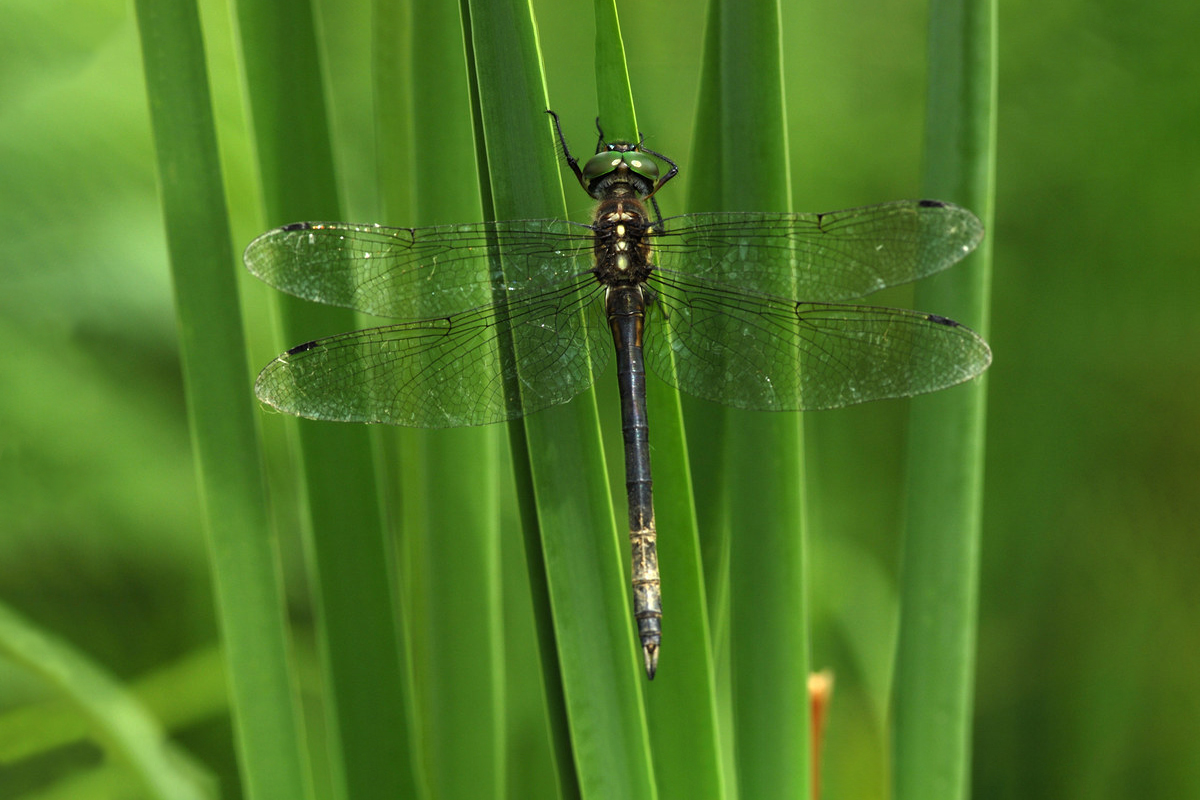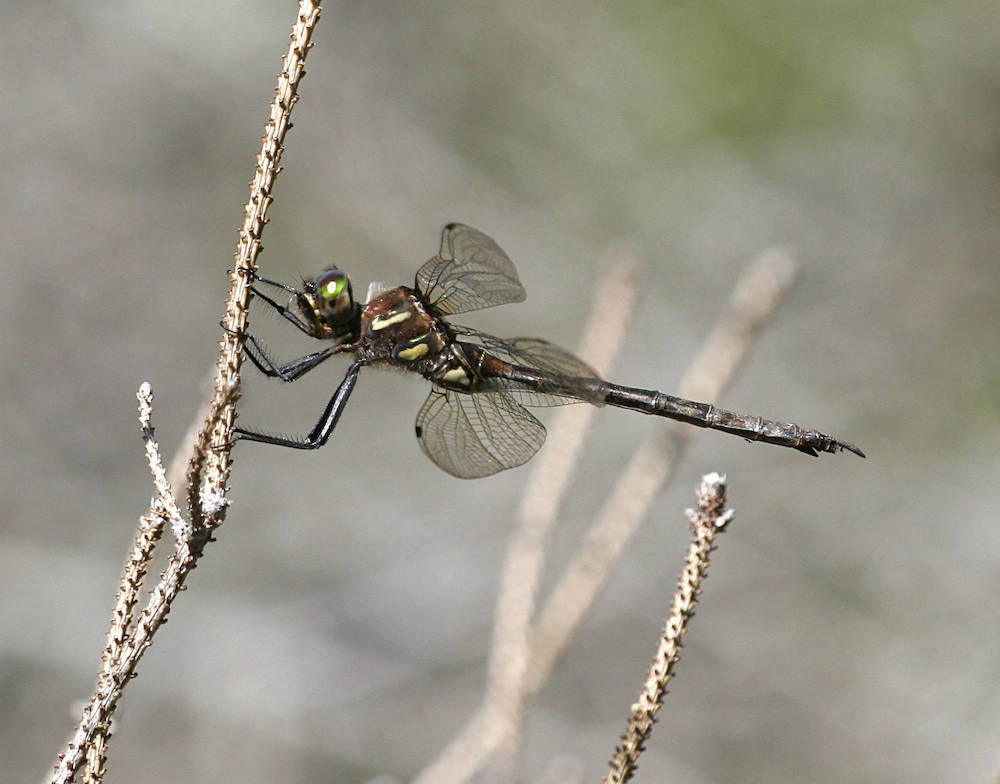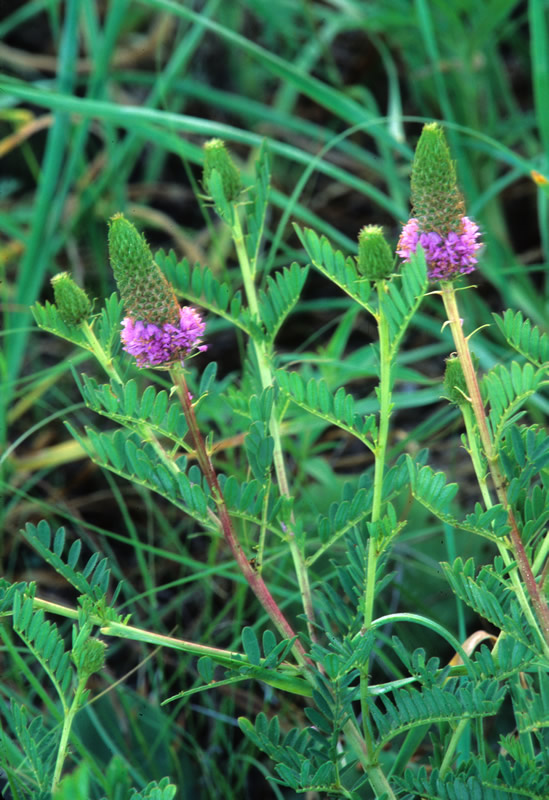
Hine’s emerald dragonfly. Photo by Carol Freeman.



Hine’s emerald dragonfly. Photo by Carol Freeman.
Jerry Wilhelm is one of our region’s most renowned botanists. Co-author of hugely important reference works, such as Plants of the Chicago Region, he also pioneered the Floristic Quality Assessment, a critical tool for understanding our region’s nature. He’s also something of a philosopher. This comes through in the story of his start in Illinois conservation, which certainly helped me more deeply understand my home state and moved me to get more involved in conserving its fantastic nature. It’s one I especially revisit these days, when the possibility of losing some of the last of our original ecosystems is very much in the news. I hope it will inspire you, too.

In 1971, Wilhelm had just graduated from Florida State with a biology degree and was immediately drafted into the Army. His first assignment was with the Corps of Engineers, helping to conduct an Environmental Impact Statement for a canal project in Lockport, a suburb southwest of Chicago. Part of the job was to survey 50 areas where dredged spoils from the project were to be piled and determine if that would cause any irreversible harm to wildlife. Not familiar with the region’s plants, Wilhelm teamed up with Morton Arboretum botanist Ray Schulenberg, an understated but much-loved expert on the local flora.
Wilhelm’s first day in the field with Schulenberg was uneventful, if bewildering. Schulenberg would take a quick look at the site’s vegetation, then begin rattling off a list Latin names for Wilhelm to take down. Despite not knowing the plants well, Wilhelm noticed at site after site that the list consisted of the same 20 or 30 names over and over again: Pastinaca sativa (wild parsnip), Poa pratensis (Kentucky bluegrass), Brassica nigra (black mustard), etc. After a list like this, Schulenberg would then offer judgement: “You can spoil here, Jerry. You cannot hurt it. It could grow back.”
These statements puzzled the young Wilhelm. Schulenberg obviously knew about and loved nature, but he was saying that every site they’d visited—all lush and green with life—could be destroyed. It didn’t sit well with Wilhelm, who’d been taught to think of nature as something special outside the realm of human value-judgements. It bothered him that someone so knowledgeable could condemn these developing “ecosystems” (as Wilhelm understood them) so easily. He brooded over it that night at his motel.

The next day was the much same: “parsnip, bluegrass, mustard…you can spoil here.” Until, that is, they came to a site that the Corps’ map simply knew as ‘Spoil Site L2,’ which turned out to be so much more.
Before they could even enter ‘Spoil Site L2,’ Schulenberg stopped abruptly, looked around, and, holding his arm out to stop Wilhelm’s advance, began reverently pronouncing an entirely new set of Latin names: Andropogon scoparius (little bluestem), Bouteloua curtipendula (sideoats grama), Isanthus brachiatus (false pennyroyal), Allium cernuum (nodding onion). He turned to Wilhelm slowly and said gently, but firmly: “Don’t spoil here, Jerry. For this is America. It will not grow back.”
Wilhelm was stunned. America—it won’t grow back? These profound words were like a crushing weight, and Wilhelm suddenly felt a desperate need to know more. As he himself puts it, he ‘didn’t want to live another day not knowing whether he was in America or not.‘ When his service ended, Wilhelm packed his bags and moved to the Arboretum to study the region’s flora with Schulenberg. His quickly developing botanical knowledge enabled him to understand what exactly he had heard on that fateful day.
Schulenberg grew up on a farm in Nebraska. A radio program in his childhood alerted him to the decline of the nation’s wildlife, and this sparked a lifelong interest in saving the plants and animals around him. Later he traveled widely across the western U.S., studying the natural and cultural history of the region, and supporting himself through odd jobs that wove him into the fabric of the American landscape.

Throughout this time, he had observed many little pockets of native plant communities—surviving on roadsides, tucked behind farm fields, or wherever—and contrasted them with the urban and agricultural landscapes around them. Like many nature lovers, he often noticed that once these areas were disturbed by intensive human activity like ditching or off-road vehicles they would irreversibly change. Some of the plants that had originally been there could survive, but a great many seemed so sensitive to the disturbance they never returned. Invariably, the result was that the stunning beauty of the original was largely replaced by a handful of common plants, mostly agricultural weeds.
Schulenberg recognized that ‘Spoil Site L2’ was just one such special place. He knew that the plants that grew there would only likely grow in a patch of prairie that had miraculously survived centuries of brutally dramatic change around it. In contrast, the other sites were full of common weeds. Hence Schulenberg’s pleading with Wilhelm. America—the beautiful natural soul of America—would not grow back.
Ray Schulenberg’s philosophy of natural areas, transmitted in a few eloquent words on the side of a ditch, prompted Jerry Wilhelm to develop the revolutionary Floristic Quality Assessment. This is a straightforward and now widely adopted tool that accounts for how different plant species cope with disturbance, allowing anyone to be able to distinguish between healthy remnant ecosystems and other types of wildlands in an objective and scientific way. Conservationists in the tallgrass region are hugely indebted to these insights.
Aside from the moral imperative many feel to preserve the last of these wild places, decades of study have gone to prove how important they truly are. We now know they not only harbor rare plants, but also countless species of specialized insects, soil biota, and other organisms that can only survive in more-or-less intact ecosystems. Caring about this is not tree-hugging environmentalism. Modern science, agriculture and industry all find immense value in the genetic information contained in these intricate living systems, which could one day help humans discover treatments for rare diseases or develop new drought-resistant crops. As science increasingly develops its ability to understand complex systems (such as the human brain and other networks), high-quality ecosystems are valuable even for their sheer complexity.

To be useful, however, these ‘tapestries of life’ must persist whole and in place and be properly cared for. Having so few examples of original ecosystems left, most would agree it’s an important goal for society to protect every last one, so that future generations can study and appreciate them. And while we’ve made many great strides in this respect, especially in Illinois, there are still, even today, occasions where the value of these places is so misunderstood that they are shortsightedly threatened with destruction. Our society’s politics, institutions, laws, and general understanding still have a long way to go to catch up with science and ethics. The Endangered Species Act and the Illinois Natural Areas Preservation Act were groundbreaking bits of legislation—in the 1960s and 70s. It’s incumbent on all of us today—both professional and non-professional nature lovers—to continue to approach preserving nature in the same creative and ambitious spirit that brought these wonderful advances forward.
I may have left you wondering whatever happened to ‘Spoil Site L2.’ It turns out that the canal project went ahead without needing to spoil the site after all. Some years later, ‘Spoil Site L2’ was dedicated as an Illinois Nature Preserve, saving it as ‘Lockport Prairie’ for the benefit of the people of Illinois in perpetuity. In fact, on one of his many subsequent visits to Lockport Prairie, Wilhelm discovered it to be one of the last few homes of two federally listed species, the Hines’ emerald dragonfly and the leafy prairie clover.
Many similar stories of important threatened natural areas exist from across the country, some even playing out in Illinois. When I think on these tragic instances, I find myself remembering Ray Schulenberg’s words and repeating them like a prayer: “Don’t spoil here. This is America. It will not grow back.”
Christos Economou, professionally, is a PhD research chemist looking for novel medicines to treat human diseases. After years of anguished reading about the global decline of biodiversity, a few years ago he was lucky enough to fall in with the North Branch Restoration Project’s Somme Woods team – and felt empowered that he might be able to do something about it. Now working on his “second PhD,” he spends a lot of his free time studying tallgrass nature, seeking out treatments for ecosystem diseases as a Somme Woods zone steward, and supporting newer stewards with Friends of Illinois Nature Preserves.
Submit a question for the author